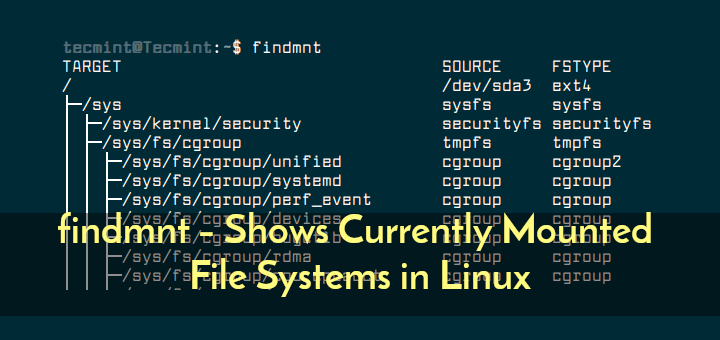

With the Partition Editor you can re-size, copy, and move partitions. In some systems, these are denoted with a line-feed character. What systems are you trying to boot? Extract ISO Images With a File Compression Program. An IMG file is a raw disk image that needs to be written directly to a USB drive. Just double click on the ISO image, MacOS mount the image automatically. recode is a small utility that will save you loads of effort when using text files created on different platforms. Ventoy is an open source tool that lets you create a bootable USB drive for ISO files. I’ve tried this before, but in practice it gets tiring to rebuild an ISO every time a file needs to be changed. I'm trying to install the 32 bit ubmbuntu 11.04 on my pc, and the installation freezes at the 'Detecting file systems' message. I mean, almost any major app that gets installed on RHEL throws a handful of "this version of x is no longer supported, this version of y is no longer supported". In basic terms, this means when you delete a file in your operating system, the TRIM command wipes the space and makes it available for use. Unetbootin no mountable file systems System Tools > Erase Disk.


 0 kommentar(er)
0 kommentar(er)
